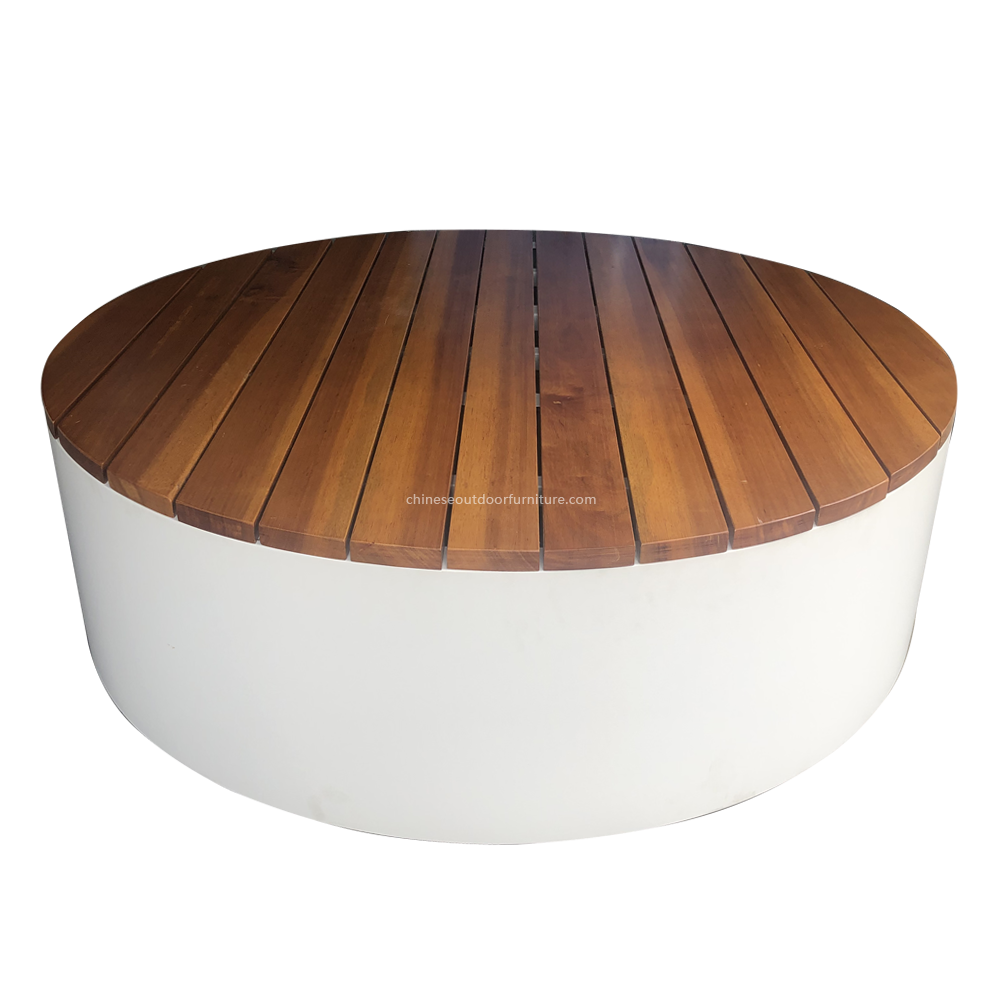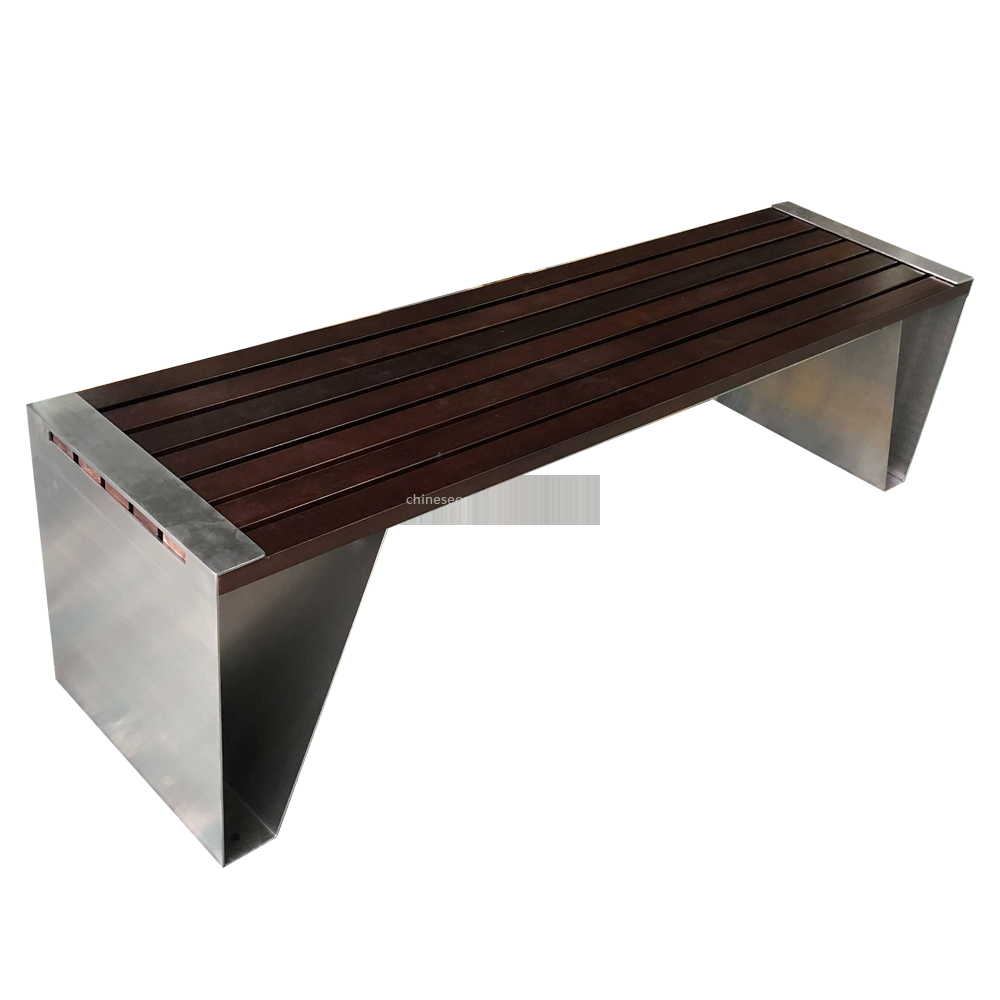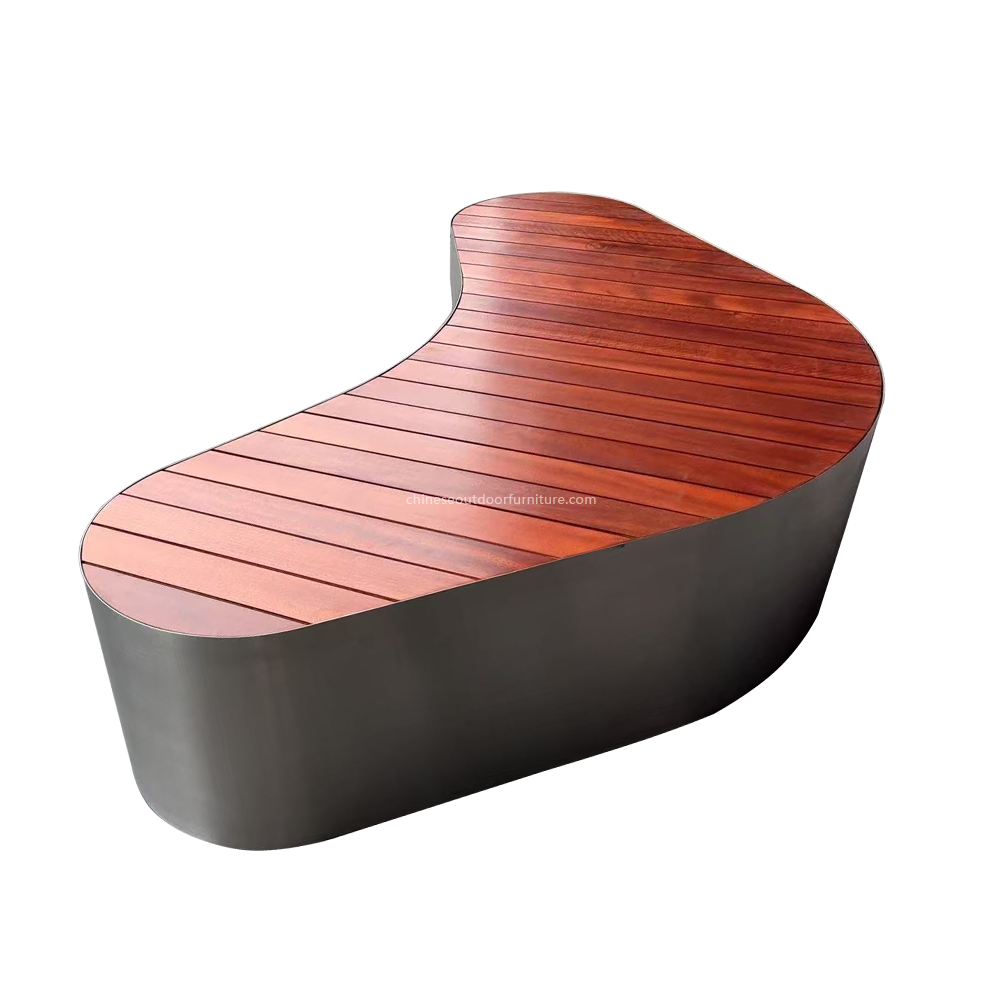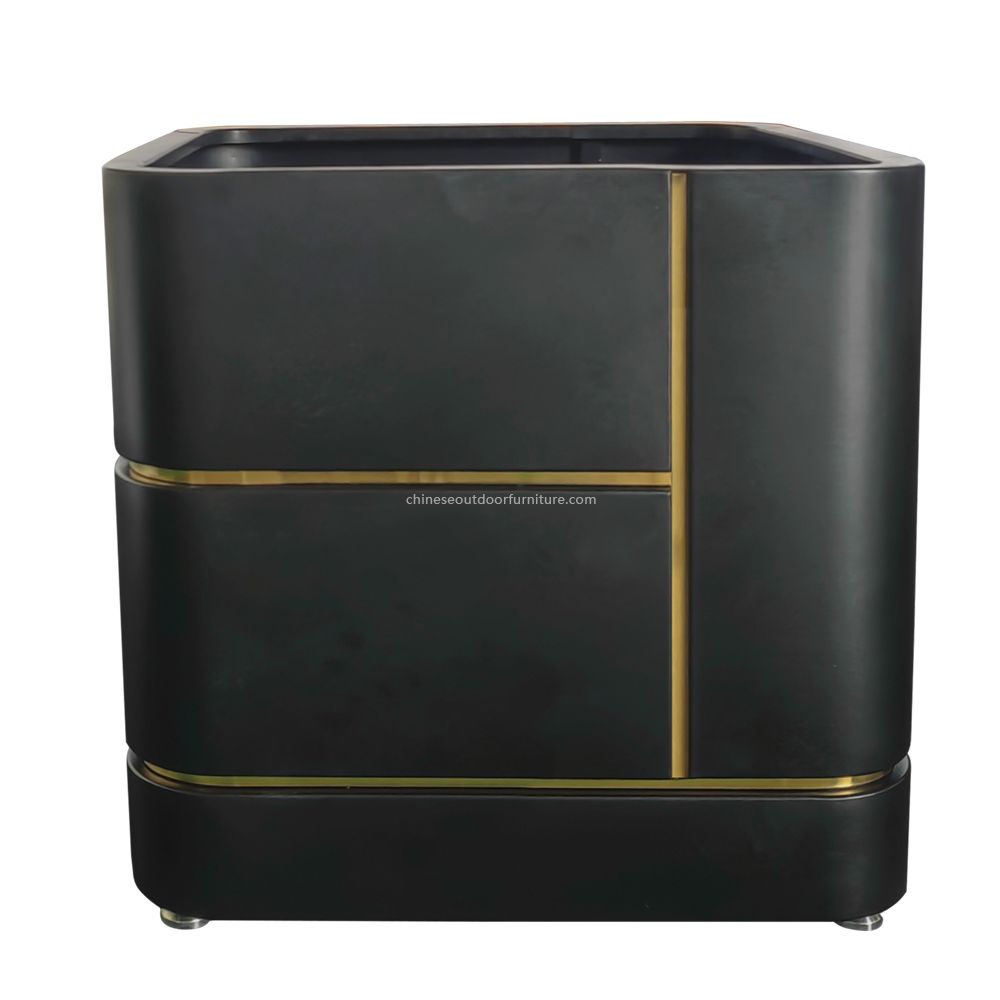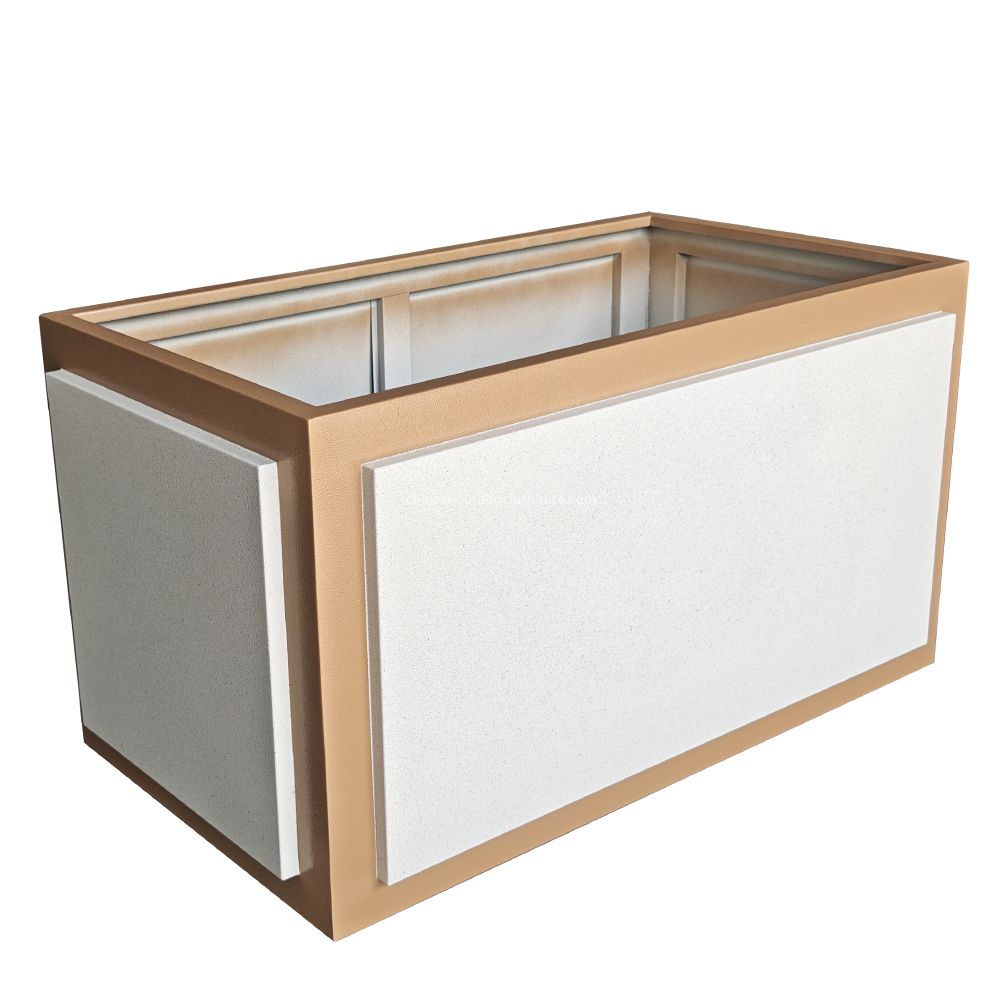Are composite-material bins suitable for use in high-traffic areas?
Explore the suitability of composite-material bins for high-traffic areas. Learn about their durability, low maintenance, and cost-effectiveness for commercial ...
READ MORE...How does resin material affect the bin’s resistance to scuff marks?
Discover how the quality of resin material directly impacts a bin‘s ability to resist scuff marks and maintain appearance. Learn about high-density polyethylene...
READ MORE...What are the fire resistance classifications for composite-material bins?
Learn about fire resistance classifications for composite material bins. This guide covers fire safety standards, testing methods like ASTM E84, and how to sele...
READ MORE...Can WPC outdoor pet waste bins be designed with insect-repellent coatings?
Explore how WPC outdoor pet waste bins can be designed with insect-repellent coatings to reduce odors and pests. Learn about benefits, materials, and eco-friend...
READ MORE...How do composite materials handle exposure to pet waste liquid leaks?
Learn how composite materials resist pet waste liquid leaks. Discover their chemical resistance, durability against urine damage, and long-term performance for ...
READ MORE...What are the impact of pigments on resin’s UV stability in bins?
Explore how pigments affect resin‘s UV stability in bins. Learn about colorant selection, UV degradation mechanisms, and strategies to enhance outdoor plastic b...
READ MORE...Are composite-material bins more resistant to graffiti than plastic?
Discover if composite-material bins are more graffiti-resistant than plastic. Learn about durability, cleaning methods, and cost-effectiveness for public space ...
READ MORE...How does resin resist degradation from pet waste hydrogen sulfide?
Learn how specialized resins resist degradation from hydrogen sulfide in pet waste. Discover the chemical mechanisms and material properties that ensure long-la...
READ MORE...

